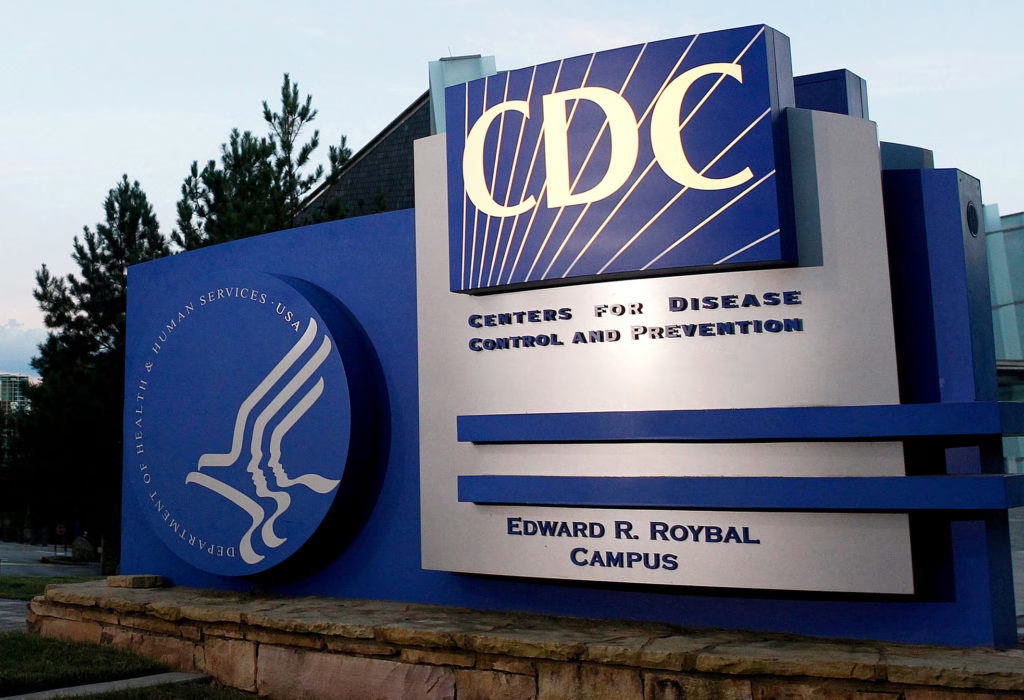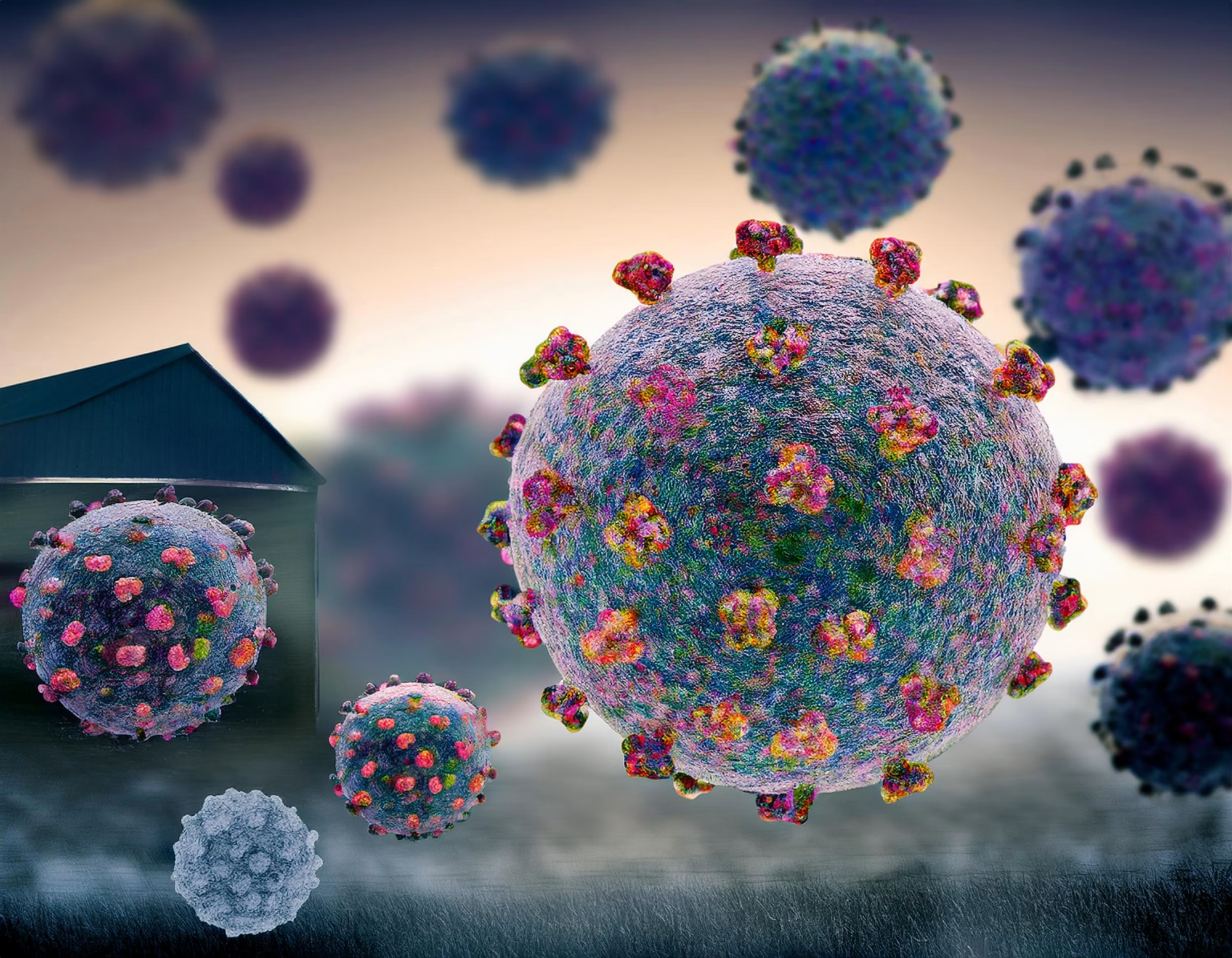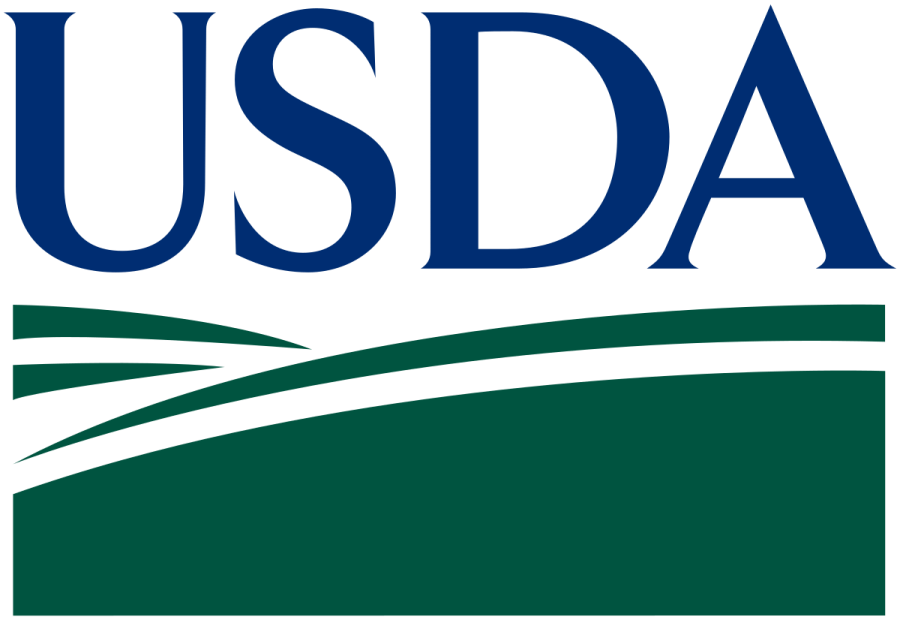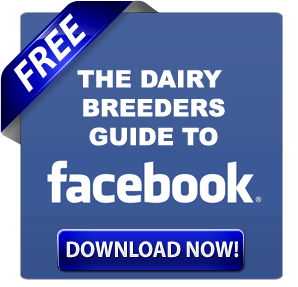New research reveals dairy cows’ udder cells act as potent H5N1 amplifiers, exposing critical biosecurity gaps. Iowa State’s breakthrough study (2025) urges farmers to adopt cost-effective safeguards—from equipment sterilization to PPE protocols—to protect herds, workers, and food supplies amid growing outbreaks.
Summary
A groundbreaking 2025 study by Iowa State University reveals dairy cows’ mammary glands act as potent H5N1 amplifiers due to dense concentrations of sialic acid receptors, explaining why infected herds shed high viral loads (10⁶ infectious doses/mL milk) for weeks. With outbreaks now affecting 192 U.S. dairies across 13 states and spillover to poultry/workers, the findings expose critical biosecurity gaps—particularly in shared equipment sanitation and PPE compliance. The research urges immediate adoption of cost-effective protocols: UV-treated milk line filters, color-coded PPE systems, and on-farm pasteurization for raw milk producers. While USDA’s $200M aid program offsets milk losses, compensation gaps persist for culling and testing, disproportionately burdening small farms. Colorado’s state-funded bulk testing mandate (reducing outbreaks by 40% in 6 weeks) offers a replicable model. With H5N1 lowering national milk output by 0.8% in 2024 and mRNA vaccines still 2-3 years away, the study emphasizes daily vigilance through equipment sterilization, wildlife deterrence, and worker training to protect herd health and food security. Farmers must balance urgent mitigation with advocacy for fair compensation policies.
Key Takeaways
- Biological Vulnerability: Dairy cow mammary glands contain dense sialic acid receptors, making udders potent H5N1 amplifiers (10⁶ viral doses/mL milk) for 18-24 days post-infection (Iowa State, 2025).
- Outbreak Scale: 192 U.S. dairies across 13 states affected, with spillover to poultry and 9 human cases as of Feb 2025.
- Critical Gaps:
- Shared equipment (45% of outbreaks) and lax PPE compliance (<30% of workers use masks/goggles).
- USDA’s $200M aid covers only 75% of milk losses, excluding culling costs ($1,200-$1,800/cow) or testing ($85/test).
- Proven Protocols:
- UV milk filters (99.9% viral reduction) and color-coded PPE (80% cross-contamination drop).
- Colorado’s model: State-funded bulk testing slashed outbreaks by 40% in 6 weeks.
- Raw Milk Risk: 67% of samples contain live H5N1; small farms adopt on-farm pasteurization($4,800 systems) to comply.
- Economic Toll: 0.8% national milk drop in 2024; recovery takes 6-8 weeks per herd.
- Future Steps:
- Advocate for state-federal cost sharing (testing/culling).
- Prepare for mRNA cattle vaccines (2-3 years out).
- Implement daily equipment sterilization, wildlife deterrence, and worker training.

Groundbreaking research from Iowa State University’s College of Veterinary Medicine has uncovered why dairy cows are uniquely vulnerable to highly pathogenic avian influenza (HPAI) H5N1: mammary glands act as viral “biological amplifiers.” This discovery comes as H5N1 infections in U.S. dairy herds surpass 192 farms across 13 states, spilling into poultry and nine human cases. The study, published in Nature, identifies sialic acid receptors in udder cells as key viral gateways, explaining why cows can shed the virus for up to 24 days post-infection.
“We’re not just fighting a virus—we’re fighting dairy biology,” admits Dr. Dawn O’Connell, USDA outbreak lead.
This revelation underscores critical biosecurity gaps in the dairy industry, from shared milking equipment to lax PPE protocols. However, it also offers a science-based roadmap for farmers to protect their herds, workers, and the food supply. As the industry grapples with this threat, the new findings reshape our understanding of cross-species viral transmission and the unique challenges dairy operations face.
The Udder Paradox: Why Cows Can’t Shake H5N1
Mammary glands’ sialic acid α2,3-gal receptors—10x receptors—10x receptors—10x receptors—10x more than respiratory tissues—allow H5N1 to replicate at 10^6 infectious doses/mL milk (Iowa State, 2024). Unlike poultry, cows shed the virus for 18-24 days post-infection, turning milking parlors into transmission hubs.
“We’re not just fighting a virus—we’re fighting dairy biology,” admits Dr. Dawn O’Connell, USDA outbreak lead.
Farmer Impact: 58% of Midwestern dairies report 20-30% milk loss during outbreaks, with recovery taking 6-8 weeks (USDA AMS).
Biosecurity Upgrades: What Works Without Breaking Banks
1. Equipment Tweaks (Under $500)
- Milk line “kill zones”: Install $45 inline peroxide cartridges in the pre-collection tank (proven 99.9% viral drop).
- Shared gear protocol: UV lightboxes ($300) disinfect clusters between farms. They are used by 72% of Colorado’s cooperating dairies.
2. PPE That Sticks
- N95 alternatives: FDA-cleared cloth masks with removable filters ($8/piece) reduce worker compliance complaints by 65% (Michigan State trial).
- On-farm laundry: Assign color-coded coveralls—blue for sick pens, green for healthy—cuts cross-contamination 80% (Texas A&M).
3. Wildlife Fixes
- Laser netting: $120 motion-activated poultry wires deter 90% of barn swallows (Penn State study).
- Cat vaccines: Zoetis’s Felocell H5N1 shot (available March 2025) protects mousers—94% efficacy in trials.
The Compensation Trap: What $200M USDA Aid Doesn’t Cover
While USDA’s H5N1 Milk Loss Program reimburses 75% of dropped production, farmers report gaps:
- No cull pay: Depopulating “persistent shedders” costs $1,200-$1,800/cow (no federal help).
- Testing limbo: Bulk tank PCR averages $85/test—prohibitive for 500-cow dairies testing weekly.
“We’re eating $12k/month in testing to stay in markets. How long can we?” – Jake Hertzler, 420-cow PA dairy.
State Solutions: Colorado’s mandatory bulk testing (state-funded) reduced outbreak duration from 28 to 9 days.
Raw Milk Realities: Balancing Risk and Rural Economies
Despite 67% of raw milk samples containing live H5N1 (FDA, 2024), demand grew 22% in outbreak zones. Small dairies like Vermont’s Greenfield Acres now use:
- On-site pasteurization: $4,800 batch systems allow legal sales while neutralizing virus.
- Herdshare contracts: Members waive liability—upheld in 8/10 state courts.
Worker Voices: PPE Hacks From the Parlor
- Mask brackets: Silicone inserts ($6) prevent fogging—“Game ‘er in July heat.” – Luis M., MI milker.
- Glove liners: Cut-resistant sleeves under nitriles reduce tears, resulting in 47% fewer daily glove changes (OSHA log data).
Conclusion: The New Dairy Calculus
With H5N1 lowering U.S. milk output by 0.8% in 2024 (USDA ERS), the industry’s survival hinges on three shifts:
- State-federal cost splits for testing/culling (modeled after Colorado’s 60/40 program).
- On-farm pasteurization grants keep small raw milk dairies compliant.
- mRNA vaccine trials—though cattle versions remain 2-3 years out (Kansas State, 2025).
“We’ve stopped waiting for miracles. Daily diligence beats despair.” – Carrie Veldkamp, 3rd-gen WI dairywoman.
Learn more
- HPAI H5N1: The 2025 Science-Based Dairy Farm Survival Guide
- New D1.1 H5N1 Strain Detected in Nevada Dairy Herds
- H5N1 Bird Flu Strikes Over 930 U.S. Dairy Farms
 Join the Revolution!
Join the Revolution!
Bullvine Daily is your essential e-zine for staying ahead in the dairy industry. With over 30,000 subscribers, we bring you the week’s top news, helping you manage tasks efficiently. Stay informed about milk production, tech adoption, and more, so you can concentrate on your dairy operations.







 Join the Revolution!
Join the Revolution!









